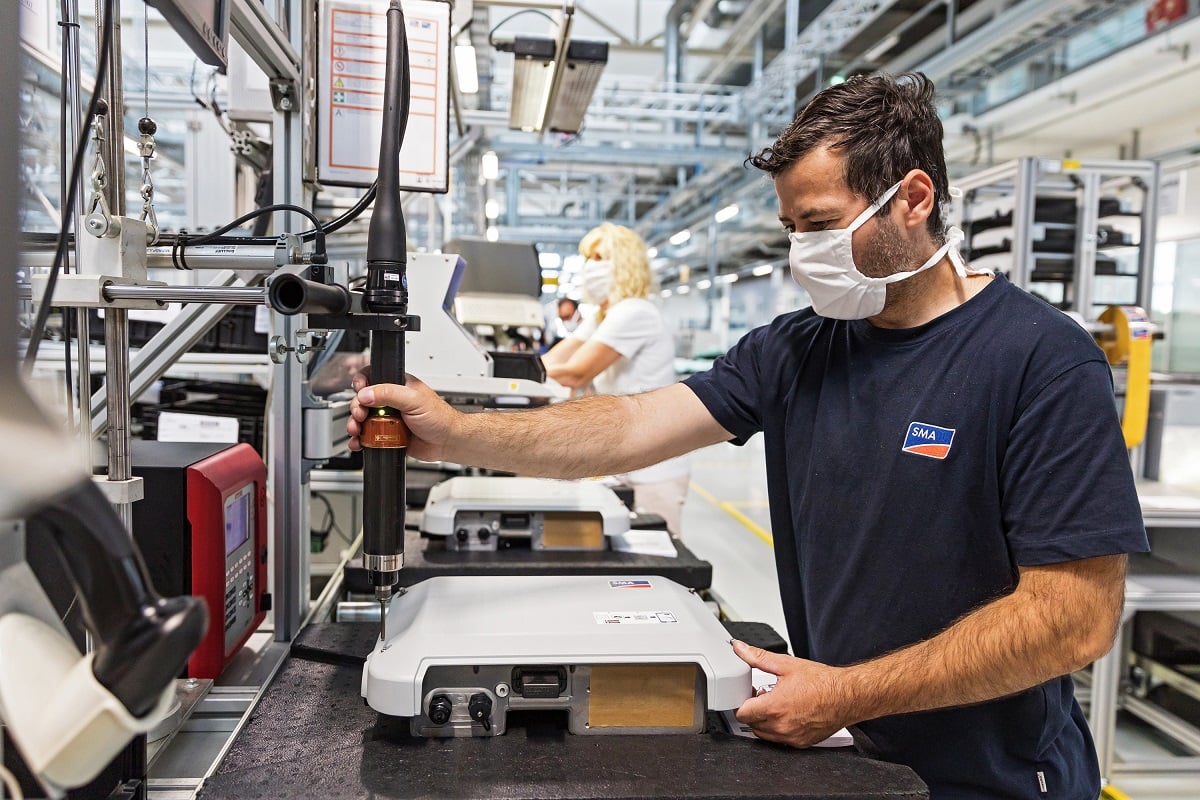Hi Everyone,
First time poster, I'm looking for some advice and from lurking for months, ya'll seem really helpful. Definitely not a DIY guy for this job, too big...
We're in the process of building a new home, located in California (PG&E). The house is large, and will be 99% electric (3x Heat Pump HVAC units, 2x ERVs, 2x HPWH, well pump, and all the other stuff that goes along with a home). Long story short, we've had an energy model (inc. Manual J) performed, and the models show the home is requiring around 36MW/year to run everything comfortably.
Our energy modeler recommended we target a 25kw solar array on the roof, and a minimum of 38kw for batteries. The system will be grid tied, and we expect to be on NEM2.
With that general project background, here is the current situation I need help with. I have two bids for two very different systems.
- Installer 1: 25KW (62x 400W panels), with 4x Tesla Powerwall+ units (54kw total battery storage)
- Installer 2: 25KW (52x 480W panels), with 2x Sol-Ark 15k and 2x HomeGrid Stack'd (54kw total batter storage)
- Installer 3: Enphase system was rejected, as the company providing the quote withdrew due to load requirements (I don't have any additional details).
I've read the bad stories on Tesla's products, poor customer support, and also read some really good stories too. I've read a lot of favorable posts on Sol-Ark, but also seen the bad stories too (mainly around unbalanced loads on the 12k, and China based servers). Needless to say, I'm conflicted about the best path forward.
Sol-Ark was my front runner, as it's modular and doesn't tie me to Tesla's ecosystem. I like the concept I can upgrade the homegrid (or another vendor) batteries easily, and like the idea of fully redundant inverters to power the home. Sol-Ark easily hooks into a backup generator, which we will be installing at some point. It seems like a clear winner, until I saw the price delta for the Tesla system today.
After tax credits, the Tesla system will be approx. $23.5k cheeper.
While I'd love to save the money, I also acknowledge sometimes you need to spend more to get quality. Primary, I'm more worried more about a reliable electric system I don't need to fiddle with; I don't want my wife calling me, while I'm out of town, asking how to turn the inverters back on... that said, cost comes in a very, very close second, especially when it's 23.5K.
So that's my story. I would really appreciate any advice you have to help in the decision making process.
Thank you
Matt
 solarequipment.energy.ca.gov
solarequipment.energy.ca.gov



